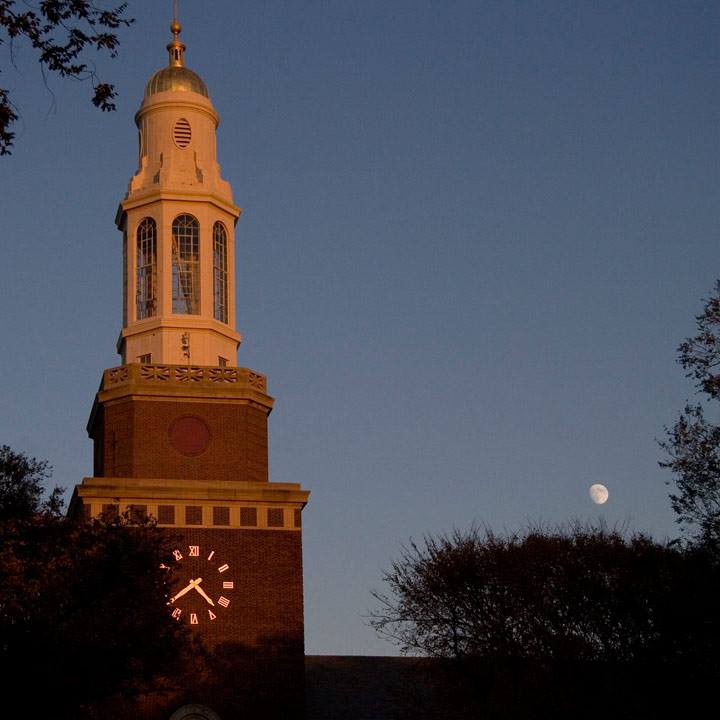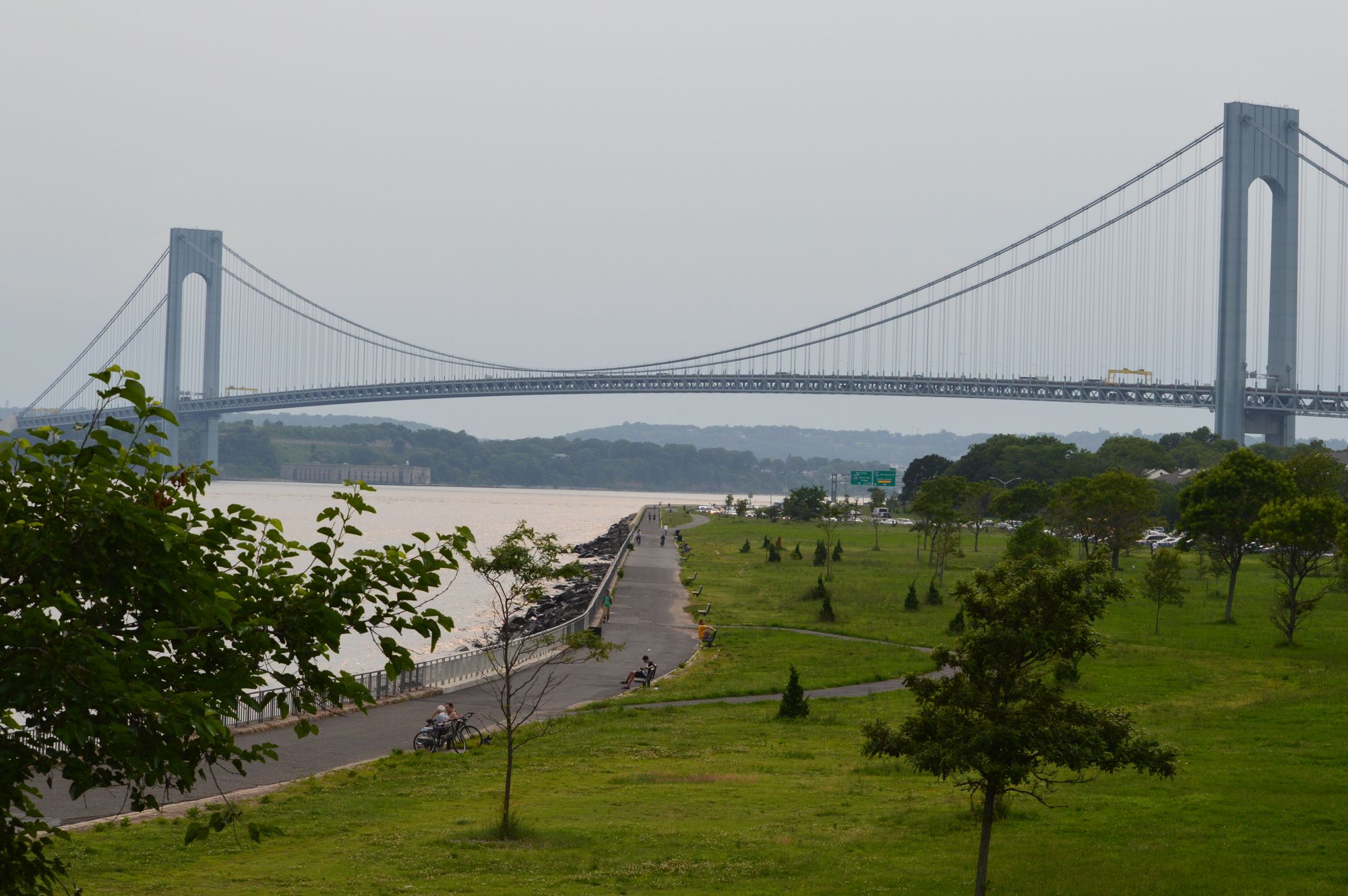Once Upon A Time, Brooklyn College Almost Ended Up In Bensonhurst

With its sprawling ocean views, the green hills of Staten Island in the distance — the Verrazano Narrows Bridge in its future — the shores of Gravesend Bay would once have made an excellent home for a City University of New York (CUNY) campus.
Established in 1930, Brooklyn College became the first co-ed college in New York City, beginning its 85-year history in a now-defunct building in downtown Brooklyn. A few years later, in 1937, Brooklyn College’s current campus located in Midwood/Flatbush area was opened, but few may know that Bensonhurst nearly became the home of the borough’s great educational landmark.
Citing a more affordable location, Leo Previn of the West End Chamber of Commerce — with the support of many local businesses, churches and community leaders of Bensonhurst and Bath Beach — offered up the area surrounding Bay 19th Street and 21st Avenue. Previn and his delegates posited that the area was unencumbered with a large population, and lacked major businesses or routes of transit. The Midwood/Flatbush site, meanwhile, already had its commercial and residential zones rubbing elbows with one another.
Previn and his delegates also spoke about the 60 acres his plot offered compared to the more modest 42 of the Midwood/Flatbush site. He also noted that developing Brooklyn College there would speed up the creation of Shore Parkway, which at the time was still in its infancy.
Of course, his strongest selling point may have been the 2,000 feet of shoreline, along with the general peacefulness in Southern Brooklyn. Previn, perhaps ahead of his time, believed education should take place in a calm and enriching atmosphere, where your view isn’t obstructed by the hustle of busy city life.

The Bensonhurst location was one of several locations bidding to hold Brooklyn College, with neighboring Bay-Ridge also offering the plot of what is now Owl’s head Park.
The Midwood/Flatbush location of today, which at the time was referred to as the Wood-Harmon Property, was a mostly mixed-use plot of land in the middle of a fairly bustling region with many modes of transportation. Originally used as a site for the Ringling Brothers Circus and when the clowns weren’t in town, the plot had been turned into a golf-course.
The Bensonhurst area was ultimately passed up as a result of a Brooklyn civic council ruling that the Wood-Harmon location would be accessible to the most students, would better serve evening students, and would not require any filling in of the shoreline.
While the Wood-Harmon location would initially cost more than the Bensonhurst location, it was argued the additional cost of construction and the possible out-of-bounds location (meaning fewer students), would ultimately cost the city more.
With a limited budget and a nation reeling from the Great Depression, the initial cost of the site at $5.5 million dollars (The equivalent of $78 million, today) was too rich for the city’s blood. However, as the economy continued to crash, and the owners of the plot became more desperate, they eventually settled for a far more reasonable price, and with the New Deal fueling the way, Brooklyn College was born.
While this is largely speculation, one wonders about the kind of impact Brooklyn College may have had on modern Bensonhurst and the surrounding areas. With widespread neglect surrounding the general Gravesend Bay area, its parks in disrepair and littered, and its buildings charming, but far less modernized than the rest of the city’s architecture, could the spotlight of a major educational institution possibly have benefited the neighborhood?
As Brookyn moves forward, many neighborhoods have changed drastically with time, however, Bensonhurst and its surrounding areas is arguably among the least touched. We may have dramatic ocean views, colorful and diverse streets and centuries-old cemetaries, but we haven’t a city college.




